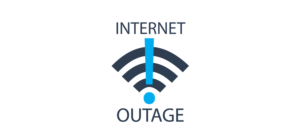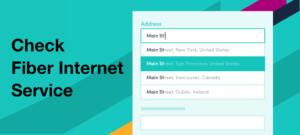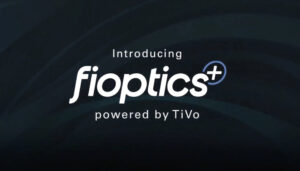We wanted to get you a bit more insight into why we are working so hard to launch Fiber Optics internet services in Hawaii and why we believe we are better than Spectrum. For years, Spectrum has dominated the marketplace in Hawaii with Internet and TV services. While we recently been focused on expanding services in Hawaii. Our key goals are to provide a reliable internet connection, give residents of Hawaii an option and connect more people than ever before. Below we detail Spectrum and what they have been doing in Hawaii and why we believe Fioptics powered by Hawaiian Telcom will be the new leading internet provider.
Spectrum Hawaii
Spectrum recently acquired Time Warner Cable in Hawaii for the last few years. While many have known “Oceanic” Time Warner Cable it has made drastic changes since Spectrum took over. While talking to several residents with Cable we detail some of the key issues that they are having.
Below is a list of major customer complaints about Spectrum
- Price. – Bills have been going up every month.
- Service – Unreliable Internet Services
- Slow Upload speeds.
- Terrible Marketing Tactics
- Outages
While these 5 key customer complaints from residents of Spectrum in Hawaii have been a challenge. Many residents are still left with no choices of a competitive internet and broadband provider. Many of the Hawaii’s infrastructure are built on legacy network and wiring the entire island of Hawaii with Fiber service will require a massive investment. Below we will give you a bit of history about Fiber Internet with Hawaiian Telcom and the future of connectivity.
Hawaiian Telcom
Hawaiian Telcom has been in business for 140 years in the state of Hawaii. While it first started out as a telephone company that connected residents with communication it expanded to internet services in the early 2000. By utilizing DSL (Digital Subscriber Line) a broadband technology that delivers high-speed internet access using existing copper telephone lines. With its two main types, Asymmetric DSL (ADSL) and Symmetric DSL (SDSL), DSL allows users to access the internet and make voice calls simultaneously over the same line. Asymmetric DSL, the more common variant, provides faster download speeds than uploads, making it suitable for activities like web browsing and streaming. In contrast, Symmetric DSL offers equal upload and download speeds, catering to applications that require significant upload bandwidth, such as video conferencing. DSL separates voice and data signals, ensuring users can engage in phone conversations without interference during internet use. While DSL’s performance can be influenced by the distance between the user and the central office or DSLAM, it remains widely available in regions where telephone lines are prevalent, offering a reliable internet option, especially in areas where other high-speed alternatives may not be accessible.
While DSL has not been competitive with Fiber Optic and Coaxial cables in recent years. Hawaiian Telcom has been focused on running Fiber Internet to the home. FTTH is a cutting-edge broadband internet service that directly connects residential homes or buildings to the internet using optical fiber cables. Unlike traditional broadband technologies that rely on copper cables for the last part of the connection, FTTH utilizes fiber-optic cables from the service provider’s central office or data center to individual homes. This technology boasts exceptional speeds, often reaching gigabit or multi-gigabit rates, owing to the superior data-carrying capacity of optical fibers. FTTH provides low-latency connections, enhanced reliability due to reduced interference, and symmetrical speeds for both uploads and downloads. The scalability of fiber-optic infrastructure allows service providers to easily expand and upgrade networks to meet growing bandwidth demands. Although the initial investment for FTTH deployment is significant, its adoption is increasing as it offers a future-proof solution for delivering high-speed, reliable internet services.
Fiber is now serviceable to roughly about 250k homes in the state of Hawaii from Hawaiian Telcom. This technology will take connectivity to the next level.







